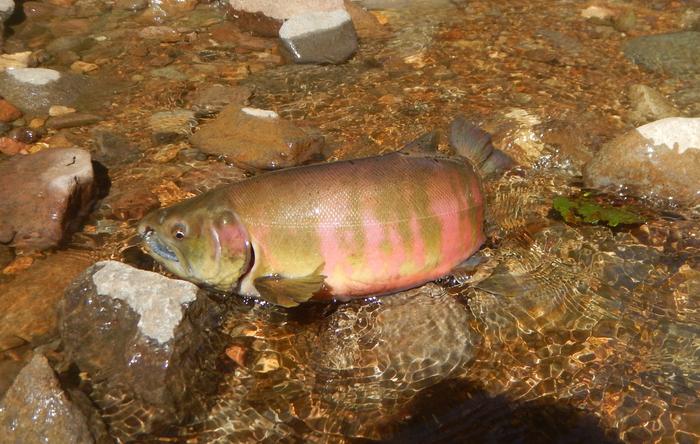Summary: Tokyo Metropolitan University researchers have developed a groundbreaking mathematical model that shows how environmental conditions influence salmon’s life-changing migration decisions. The model successfully predicts when salmon populations will choose to migrate to the sea or remain in their river homes, offering new insights into how environmental changes could affect species evolution.
Journal: Population Ecology, August 21, 2024
DOI: 10.1002/1438-390X.12196
Reading time: 4 minutes
A Tale of Two Choices
For young salmon, life presents a crucial choice: stay in their familiar river home or embark on a challenging journey to the sea. This decision, seemingly simple, has profound implications for both individual survival and the evolution of entire populations.
Researchers have now created a mathematical framework to understand how environmental conditions influence these life-altering choices, particularly in female masu salmon.
Understanding Survival Strategies
The research team focused on modeling three distinct life strategies available to female masu salmon. Some fish remain in their birth river their entire lives, while others migrate to the sea either early or late in their development.
A key factor in their model was incorporating size distributions, as smaller young salmon are more likely to choose migration. This attention to detail helped create a more accurate picture of real-world behavior.
Environmental Influence on Evolution
The model revealed fascinating patterns about how environment shapes population behavior. When river conditions are poor for survival but the sea environment is fertile, salmon are more likely to adopt migratory strategies – exactly matching observations in nature.
In extreme cases, the model showed that if migration becomes too dangerous, entire populations might suddenly switch to staying in their home rivers.
Implications for Conservation
This research goes beyond just understanding salmon behavior. The ability to predict how populations respond to environmental changes could be crucial for conservation efforts, especially as human activities continue to alter natural habitats.
Glossary
- Salmonids: The family of fish that includes salmon and similar species
- Eco-evolution: The interaction between ecological and evolutionary changes in populations
- Migratory tactics: Different strategies for movement and survival used by species
- Demographics: Statistical data about populations, such as survival rates and reproduction
Knowledge Check Quiz
- Question: What are the three tactics available to female masu salmon?
Answer: They can stay in the river their entire lives (residents), migrate to the sea after a year (early migrants), or move at a later stage (late migrants) - Question: What environmental conditions make salmon more likely to migrate?
Answer: Poor river survival conditions coupled with a fertile sea environment - Question: What physical characteristic influences whether young salmon are more likely to migrate?
Answer: Their size, with smaller specimens more likely to choose migration - Question: What happens in the model when migration survival rates become too low?
Answer: Entire populations switch to becoming residents in the river
Enjoy this story? Get our newsletter! https://scienceblog.substack.com/


